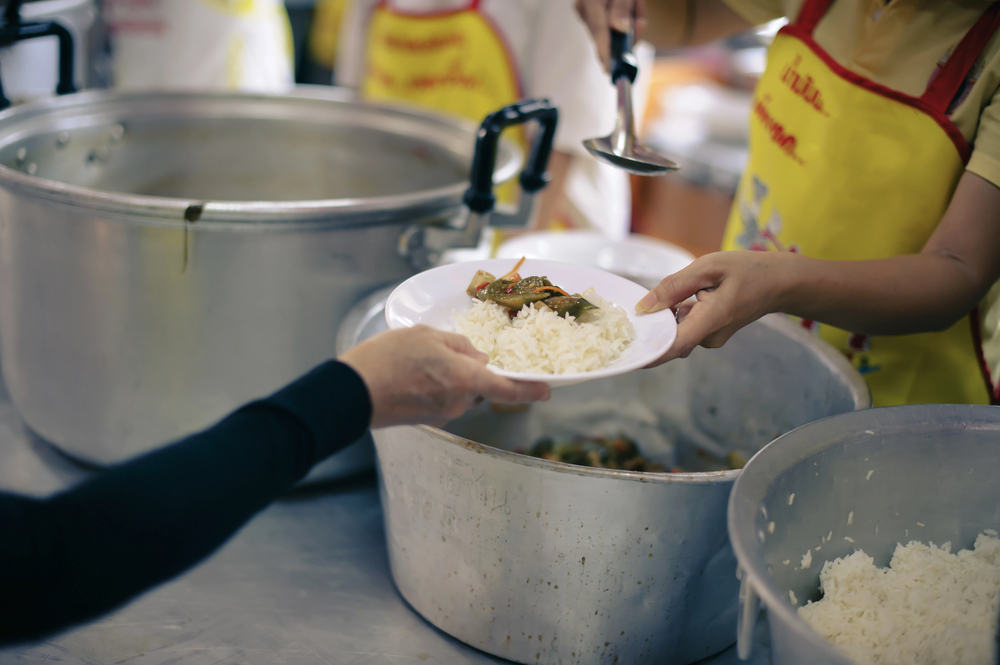
“Malnourishment is on the rise, hunger is knocking on every doorstep, and now we are witnessing the final breath of a humanitarian system based on humanitarian values,” said U.N. Secretary-General Antonio Guterres, where the panic and desperation are constricting Gaza with an escalating conflict. To those at the front lines of aid, public health, and human rights, what is happening in Deir al-Balah is more than news it is a daily challenge of will, integrity, and optimism.

1. The Assault on WHO’s Staff Residence: A Humanitarian Red Line Crossed
The World Health Organization staff residence in Deir al-Balah, a lifeline to displaced families and humanitarian staff, was hit three times by Israeli troops on Monday, the organization said. Following airstrikes that engulfed the building in flames, troops stormed inside, compelling women and children to flee on foot towards Al-Mawasi a zone in active conflict. Male officials and their relatives were handcuffed, undressed, and questioned at gunpoint; four were arrested, and up to Tuesday, one is still detained.
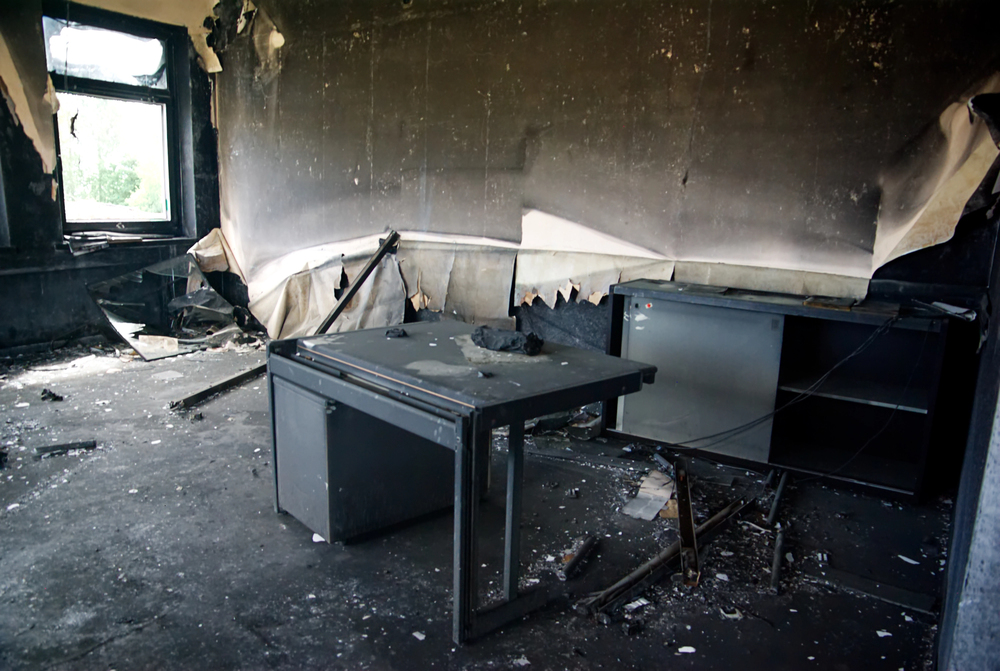
The central WHO warehouse, responsible for delivering medical supplies, was also burned and then ransacked by desperate mobs. “WHO calls for sustained protection of its personnel and the prompt release of the other staff member still in detention,” the agency stated, noting that 88% of Gaza is currently under evacuation orders or zones of militarization, with no civilian safe space or safe space for humanitarian personnel.
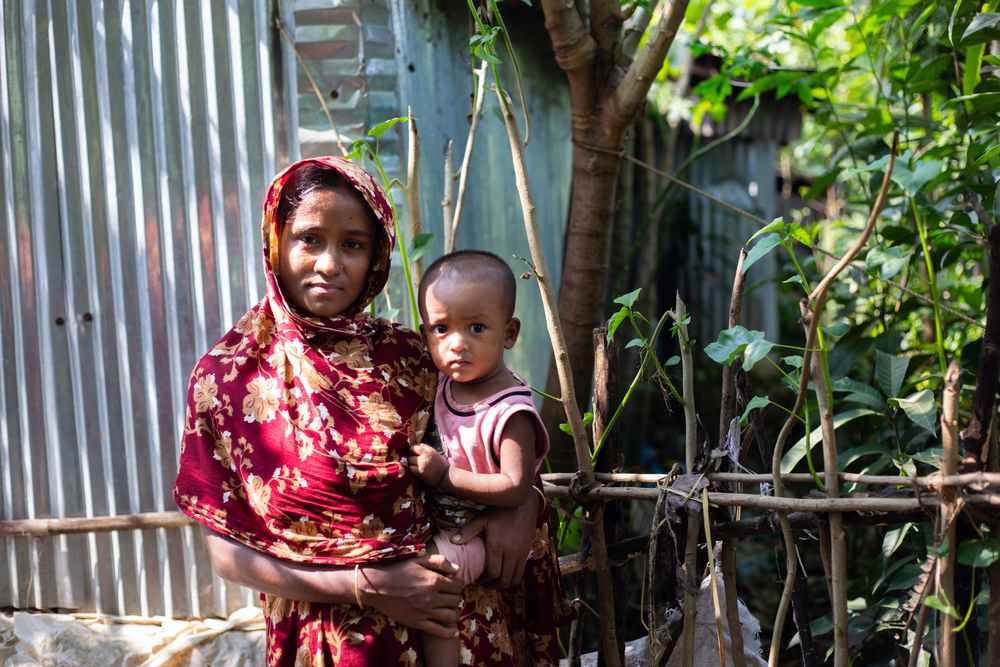
2. Starvation and Malnutrition: A Crisis Beyond Numbers
In a mere 24 hours, 15 individuals, four of them children succumbed to starvation, with the Health Ministry in the territory reporting more than 100 similar fatalities since the blockade escalated. Those figures, though, merely suggest the extent of the suffering. “You can’t find milk anywhere, and if you find some, it’s going for $100 per tub,” said Adham al-Safadi, whose six-week-old nephew died after his mother, who was herself malnourished, was unable to breastfeed. The blockade has placed close to half a million individuals in catastrophic hunger, as three-quarters of the population of Gaza are suffering from “emergency” or “catastrophic” levels of food deprivation. Humanitarian groups are warning that if access is not made immediately, between 71,000 children under five may become acutely malnourished in the next several months based on the IPC report.
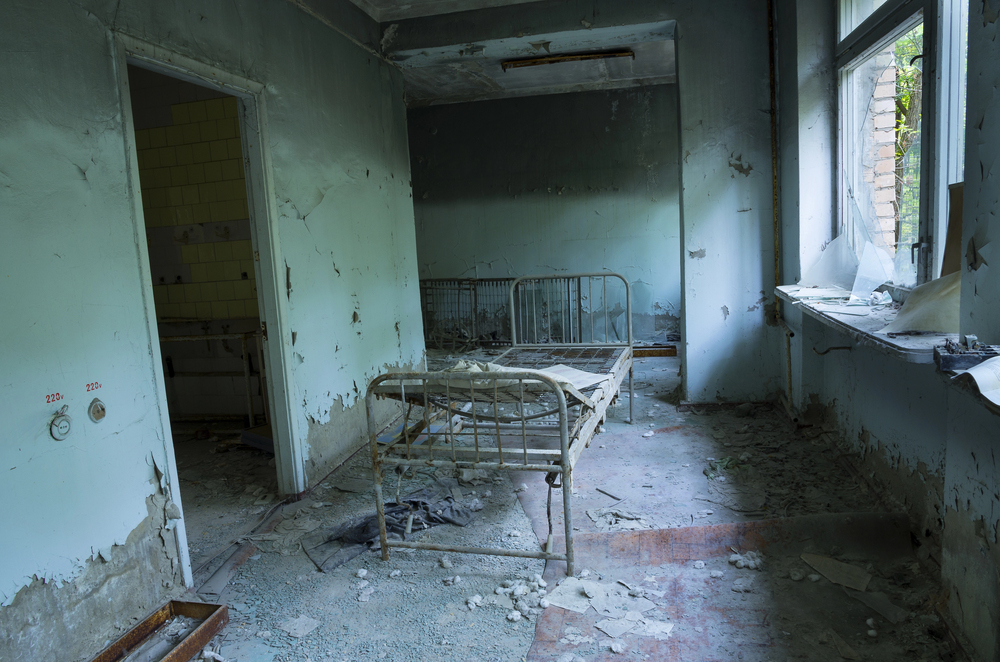
3. WHO’s Role: Emergency Health Under Fire
WHO’s work in Gaza has always been simple: provide life-saving commodities, track disease outbreaks, and coordinate medical care. But with its central warehouse lost and staff homes off-limits, the agency’s capacity to back up hospitals and emergency responders is greatly undercut. Malnutrition and trauma treatment supplies are almost gone, and the health system is on the verge of collapse. With the central warehouse out of commission and most medical supplies in Gaza running low, WHO is greatly limited in being able to adequately assist hospitals, emergency medical teams and health partners, already critically lacking medicines, fuel, and equipment,” said Dr. Tedros Adhanom Ghebreyesus, WHO Director-General in a public statement.
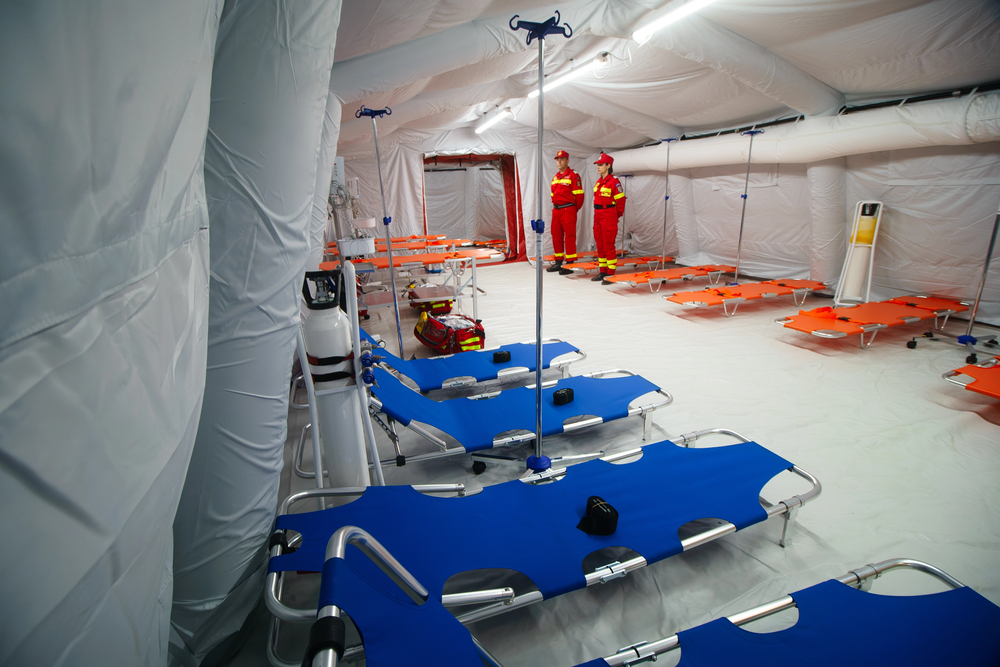
4. International Humanitarian Law: Medical Neutrality Under Threat
International humanitarian law (IHL) provides additional protection to medical personnel and installations, based on their goal of saving lives in a neutral manner. The Geneva Conventions and their Additional Protocols require that “medical personnel, units, and transports shall be respected and protected at all times and shall not be the objects of attack.” But as evident in Gaza and other war-torn areas, these protections are too frequently disregarded, with attacks on healthcare infrastructure becoming a tragic signature of contemporary warfare. Legal gray areas and the fuzzy boundaries of “dual-use” facilities also hinder accountability, enabling perpetrators to rationalize attacks and escape retribution as outlined in legal studies.
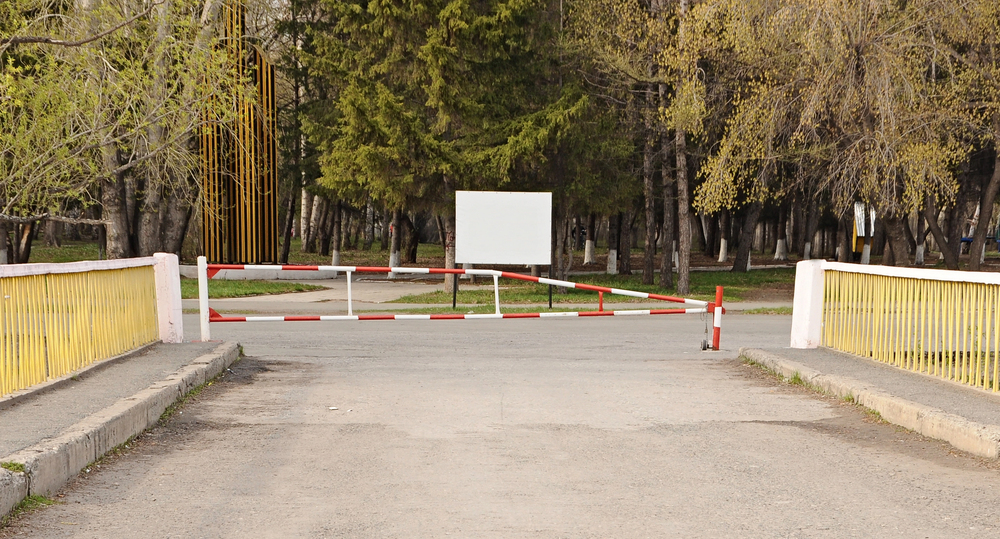
5. Humanitarian Corridors: The Lifeline That Isn’t
Securing safe passage for aid is a sensitive, principle-based process that must be agreed upon by all and respected in terms of neutrality and impartiality. However, bureaucratic obstacles, disinformation, and the ferocity of hostilities consistently shut down or threaten these corridors. The United Nations and its allies have a solid plan in place 8,900 truckloads of aid are held at the ready at Gaza’s borders but until there are guarantees of security and removal of access barriers, the plan will not be executed on any scale. “Humanitarian operators need to be provided with authorizations by Israeli authorities to function effectively, including for critical equipment and assets,” the UN has pressed in operational briefs.
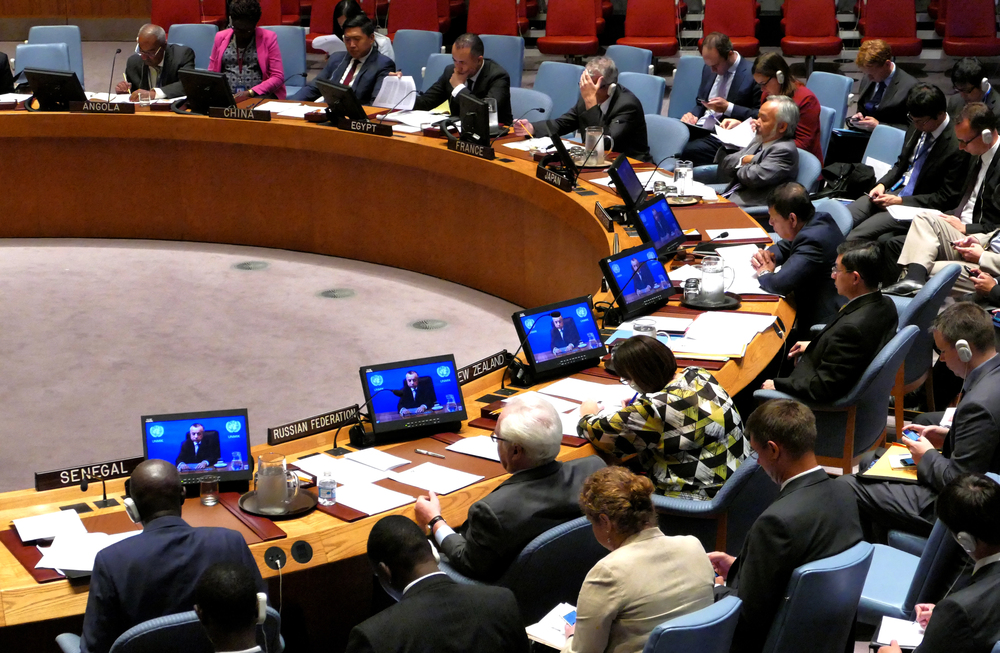
6. International Outcry: Condemnation and Calls for Action
The attack on humanitarian facilities and aid-seekers has elicited harsh criticism from 28 countries, such as Australia, Canada, and the UK, that issued a statement saying, “The war in Gaza must end now.” Their statement condemned the “drip feeding of aid and the inhumane slaughter of civilians, including children, who are trying to access their most elementary needs of food and water.” The group urged Israel to “adhere to its obligations under international humanitarian law” and immediately discontinue limiting the entry of aid. Notwithstanding such calls, Israel has dismissed the statement, asserting that it operates in accordance with the law and attributing civilian deaths to Hamas, according to international media coverage.
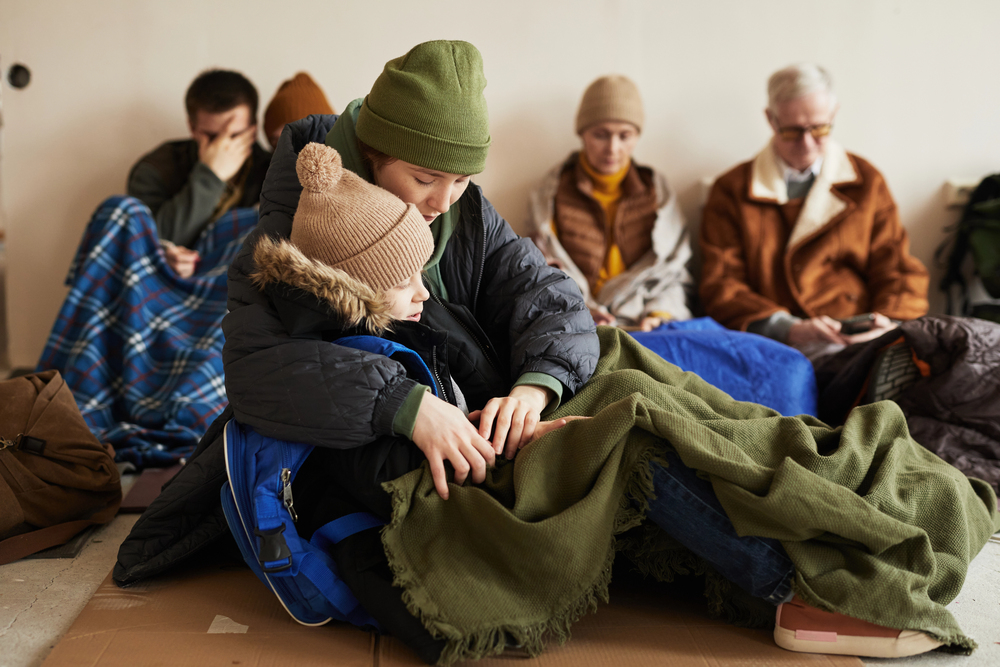
7. Psychosocial Impact: Trauma, Resilience, and the Road Ahead
In addition to the physical damage, the psychosocial impact of siege and violence is also immense. PTSD, depression, and anxiety rates are skyrocketing, and research indicates that 54% of children and 40% of adults in Gaza suffer from PTSD. Displacement, social network loss, and destruction of community structures have shattered resilience and increased hopelessness. However, community programs, telemedicine, and culturally adapted care provide rays of hope. “Resilience, community support, and culturally adapted care” are critical for recovery, experts point out, and should be incorporated in all emergency and long-term responses as per recent reviews.
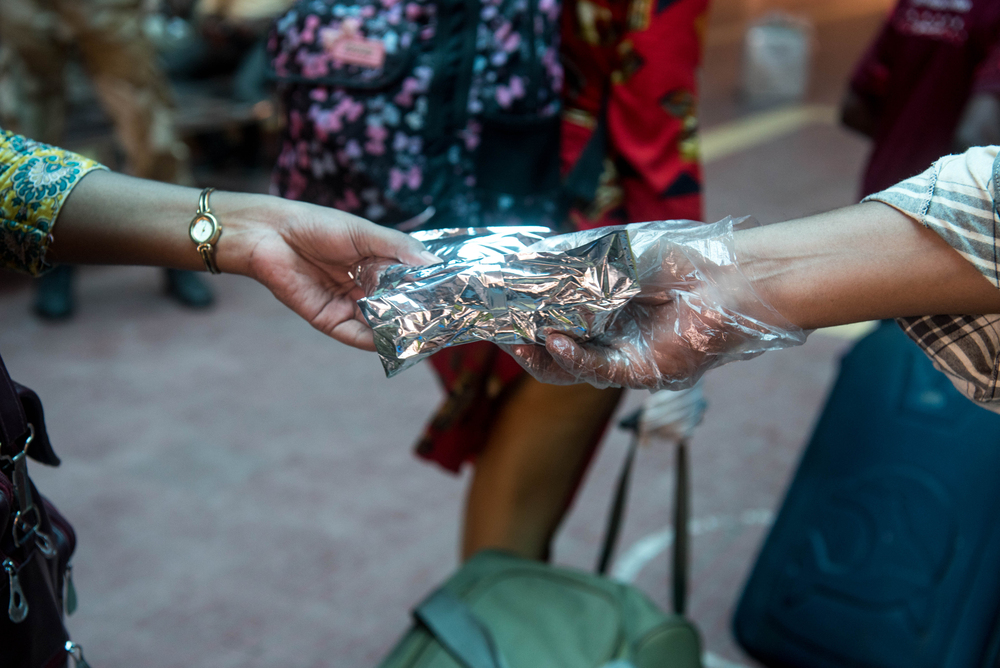
The experiences in Deir al-Balah are a grim reminder of the frailty and urgency of humanitarian values during conflict. For aid, public health, and advocacy communities, the task is not just to provide relief but also to protect the dignity, rights, and hope of the people they serve, even as the world’s red lines are crossed.


